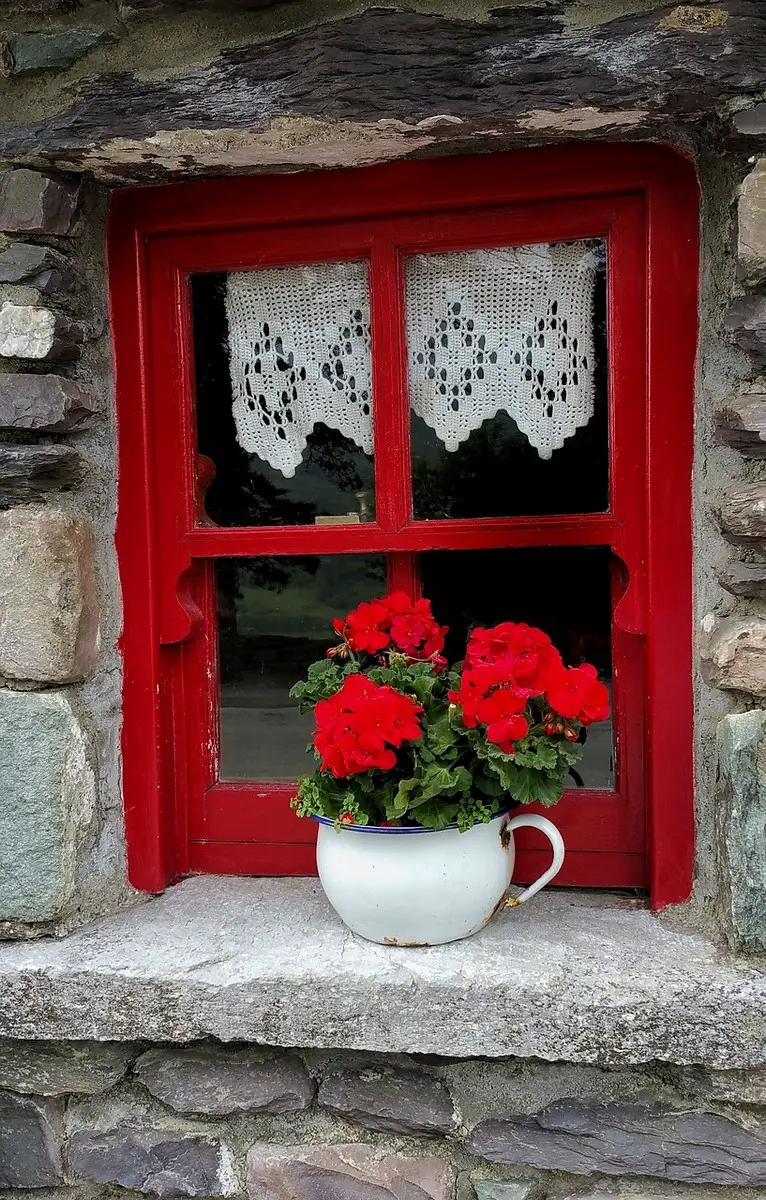How do sash windows work? New window at home, House exterior improvement, Real estate glazing tips
How do Sash Windows Work?
14 February 2024
Sash windows, with their timeless charm and elegant design, have been a hallmark of architectural aesthetics for centuries. Originating in the 17th century, these windows have gracefully stood the test of time, gracing homes with their distinctive sliding mechanism and classic panes.
But how do sash windows work, and what makes them a popular choice for homeowners seeking both functionality and style? In this exploration, we delve into the intricate mechanics behind sash windows, uncovering the ingenious design that allows them to seamlessly open and close, providing homes with not just ventilation and natural light, but also a touch of historical sophistication.
Join us as we unravel the fascinating workings of sash windows, unlocking the secrets that have made them a beloved feature in architectural history.
Historical Evolution of Sash Windows: A Journey Through Time
Embark on a captivating journey through time as we delve into the historical evolution of sash windows, beginning in the 17th century and extending to the contemporary era. Originating from a rich architectural heritage, sash windows have undergone a remarkable transformation, with each century leaving an indelible mark on their design.
From the early adoption of vertical sliding mechanisms to the incorporation of counterweights and pulleys during the Georgian and Victorian eras, witness the gradual refinement of these windows. The 19th century witnessed the advent of multi-pane configurations, enhancing both aesthetics and functionality.
In the 20th century, technological innovations brought about the introduction of materials like aluminum and vinyl, revolutionizing the durability and insulation of sash windows. Today, the evolution continues with energy-efficient glazing and smart technologies seamlessly integrated into these timeless architectural elements, showcasing the enduring legacy of sash windows across the ages.
Anatomy of a Sash Window: Understanding the Components
In unraveling the intricacies of a sash window, it is imperative to comprehend the nuanced interplay of its components. The fundamental elements, including sashes, weights, pulleys, and the meticulously designed counterbalance system, collectively orchestrate the seamless functioning of this classic window design.
The sashes, acting as movable panels, are integral to the window’s operation, while the ingenious incorporation of weights and pulleys ensures a balanced and controlled movement. The counterbalance system, a marvel of engineering, harmonizes these forces, allowing for the effortless raising and lowering of the window.
As the weights counteract gravitational pull and the pulleys distribute tension, a delicate equilibrium is achieved. This holistic breakdown illuminates the synergy among these elements, demystifying the anatomy of a sash window and unveiling the sophisticated mechanisms that underpin its smooth operation.
Benefits of Sash Windows: Functionality and Aesthetics Combined
Sash windows, renowned for seamlessly blending functionality with timeless aesthetics, offer a plethora of practical advantages for homeowners. Their distinctive design not only enhances the visual charm of a home but also facilitates efficient ventilation, promoting a fresh and airy atmosphere within living spaces.
The ingenious mechanism of sash windows allows for easy and precise control over the amount of airflow, ensuring optimal comfort. Furthermore, their straightforward maintenance adds to their appeal, making them a practical choice for those seeking both convenience and style.
The classic elegance of sash windows transcends architectural trends, making them a timeless addition to any home, harmonizing functionality with an enduring aesthetic allure. In essence, sash windows embody the perfect synthesis of form and function, enriching homes with their versatile and enduring benefits.
Operational Mechanisms: Traditional vs. Modern Approaches
The evolution of window mechanisms from traditional sash designs to modern alternatives signifies a paradigm shift in operational efficiency and functionality. Traditional sash windows relied on counterweights and pulleys, often susceptible to wear and maintenance issues.
In contrast, contemporary approaches integrate innovative features like spring balances, streamlining operation and significantly enhancing ease of use. These modern mechanisms not only exhibit improved energy efficiency but also address common drawbacks associated with older designs. T
he incorporation of advanced materials and technology not only elevates overall performance but also mitigates concerns related to durability and long-term maintenance. The transition from traditional to modern window mechanisms reflects a commitment to both convenience and sustainability, marking a notable advancement in architectural solutions.
Maintaining and Restoring Sash Windows
Maintaining and restoring sash windows is a meticulous process that involves preserving the charm of traditional architectural elements while ensuring optimal functionality. Regular maintenance, such as painting and lubricating, is essential to prevent deterioration caused by weathering and moisture.
Restoring these windows often requires skilled craftsmanship to repair damaged wood, replace broken panes, and maintain the delicate balance of weights and pulleys. Historic accuracy is crucial, with attention to period-appropriate materials and techniques. Beyond aesthetics, restoration promotes energy efficiency by addressing gaps and improving insulation.
Embracing the timeless appeal of sash windows involves a commitment to preserving the past while adapting to modern standards, ensuring these architectural gems continue to grace buildings with their elegance and functionality for generations to come.
Conclusion
In conclusion, understanding the intricacies of how sash windows work unveils a rich history and enduring design that has stood the test of time. Whether you appreciate their architectural charm, energy efficiency, or simple yet effective ventilation system, sash windows remain a classic choice for both historical homes and contemporary spaces.
Embracing the unique features of sash windows not only enhances the aesthetic appeal of a property but also provides a glimpse into a design legacy that continues to captivate homeowners and architects alike.
Comments on this guide to How do Sash Windows Work? article are welcome.
Windows
Windows Posts
Buying new window treatments for your home

5 creative uses of glass in architecture
7 reasons why you should replace your old glass windows
Architecture Designs
Home Designs
Comments / photos for the How do Sash Windows Work? page welcome





